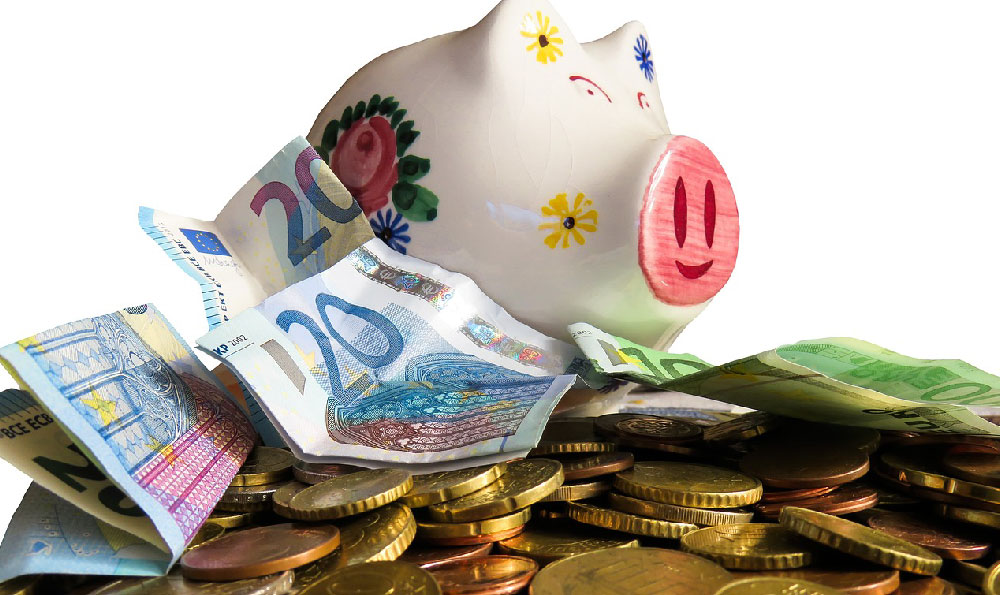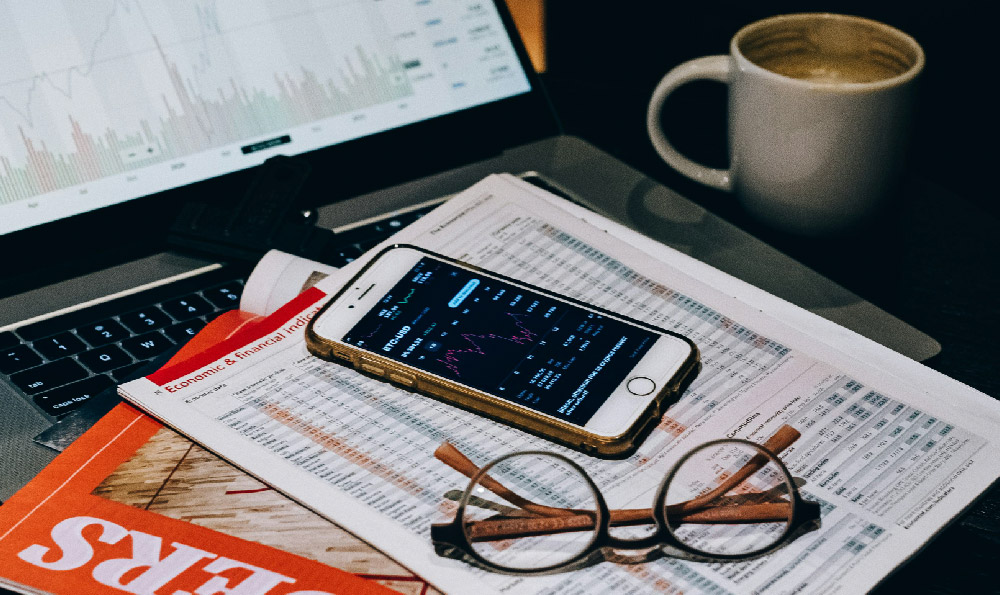
detecting counterfeit money has become an essential skill in today's economic landscape, where the intricacies of financial systems and the rise of sophisticated forgery techniques have heightened the risk of counterfeit currency circulating in circulation. mastering the art of identification requires a combination of observational acuity, technological tools, and an understanding of the security features embedded in genuine currency. this approach not only safeguards individuals from financial loss but also ensures the integrity of economic transactions. to navigate this domain effectively, one must delve into the nuances of counterfeit detection, blending both traditional methods and modern innovations to stay ahead of fraudsters.
the foundation of counterfeit detection lies in the meticulous examination of physical attributes that distinguish authentic banknotes from their fake counterparts. this process begins with a close inspection of the paper quality, as genuine currency often uses a unique blend of cotton and linen fibers, resulting in a distinct texture and durability. counterfeit bills, on the other hand, may be printed on regular paper or synthetic materials, which can be identified through the feel of the note and its resistance to tearing. the weight and thickness of the bill also play a critical role; authentic notes typically have a uniform weight distribution, while counterfeits may feel lighter or unevenly textured. these initial observations, though simple, require a trained eye to discern subtle differences that might otherwise go unnoticed.
moving beyond the tactile, the visual inspection of currency is a crucial step in identifying counterfeits. the use of high-quality magnification tools, such as a loupe, can reveal micro-printing elements and intricate patterns that are challenging to replicate. for instance, the serial numbers on genuine banknotes are often printed with varying fonts and sizes, making them harder to forge accurately. additionally, the precision of the printed images, including the clarity of portraits, backgrounds, and denomination numbers, can be a key indicator. counterfeiters frequently struggle to match the exact color gradients and shading that feature in real currency, leading to visible inconsistencies. a practiced observer might notice subtle deviations in these elements, such as uneven color transitions or unclear outlines, which can raise suspicion about the authenticity of the bill.


modern counterfeit detection is increasingly reliant on specialized equipment that leverages advanced technology to uncover hidden details. ultraviolet (UV) light detectors are widely used to identify fluorescent inks or security threads that are only visible under specific wavelengths of light. these features are often absent or poorly replicated in counterfeit bills, making UV analysis a powerful tool for verification. similarly, magnetic sensors can detect the presence of magnetic ink or embedded metals in banknotes, which are commonly used to create security elements that counterfeiters find difficult to mimic. the integration of these tools into everyday practice enhances the reliability of detection, as they can identify features that are imperceptible to the naked eye.
security features such as watermarks, holographic images, and optically variable devices (OVDs) are engineered to deter counterfeiting. genuine banknotes often contain a watermark that is faintly visible when held up to light, whereas counterfeits may use inferior materials that fail to produce a clear or authentic image. holographic elements, which may appear to shift or change when viewed from different angles, are another layer of security that requires both visual and technological scrutiny. ovd features, such as color-changing numbers or patterns, are designed to be dynamic and complex, posing a significant challenge for counterfeiters. understanding these features and their behavior in response to various stimuli is vital for accurate identification.
the application of digital verification tools has further revolutionized the counterfeit detection process. high-resolution scanning devices, coupled with image analysis software, can compare the characteristics of a bill against a database of genuine notes. this method is particularly useful in detecting alterations or missing elements that might be overlooked by manual inspection. machine learning algorithms trained on vast datasets of counterfeit and authentic currency can identify anomalies with a high degree of accuracy, making it easier to verify large volumes of money in a short time. these technologies are especially valuable for financial institutions and businesses that handle large amounts of cash daily.
practical tips for everyday detection emphasize the importance of training and awareness. individuals should educate themselves on the specific security features of the currency they handle, such as the denomination, design, and material composition. for example, the use of a mini-magnet to test for magnetic ink or a UV light to check for fluorescent elements can be simple yet effective measures. additionally, staying informed about the latest trends in counterfeit production enables one to anticipate and counteract emerging threats. this proactive approach to education is essential in maintaining vigilance against fraudulent activities.
the psychological and economic dimensions of counterfeit detection cannot be overlooked. fraudsters often exploit the untrained eye and the pressure to verify large sums quickly. by adhering to a systematic and detailed inspection process, one can reduce the likelihood of being misled by deceptive imitations. Furthermore, counterfeit detection is closely tied to financial stability, as the circulation of fake currency can distort economic systems and erode trust in monetary institutions. In this context, the ability to detect and report counterfeits plays a critical role in maintaining the integrity of financial systems.
as counterfeit techniques evolve, so too must the methods used to detect them. the collaboration between individuals, businesses, and financial institutions is crucial in sharing information and best practices for counterfeiting prevention. By advocating for the use of advanced technologies and educating the public on the importance of vigilance, the fight against counterfeit currency can be significantly strengthened. This collective effort not only protects individual assets but also contributes to the broader goal of ensuring economic security.
Ultimately, counterfeit detection is a blend of science, technology, and human expertise. It demands a commitment to learning, a keen eye for detail, and the use of specialized tools to navigate the complexities of identification. By integrating these strategies into daily practice, individuals can confidently protect their financial interests while contributing to the ongoing battle against counterfeiting. This proactive mindset is essential in a world where the threat of counterfeit currency remains ever-present, and the need for vigilance is more critical than ever.